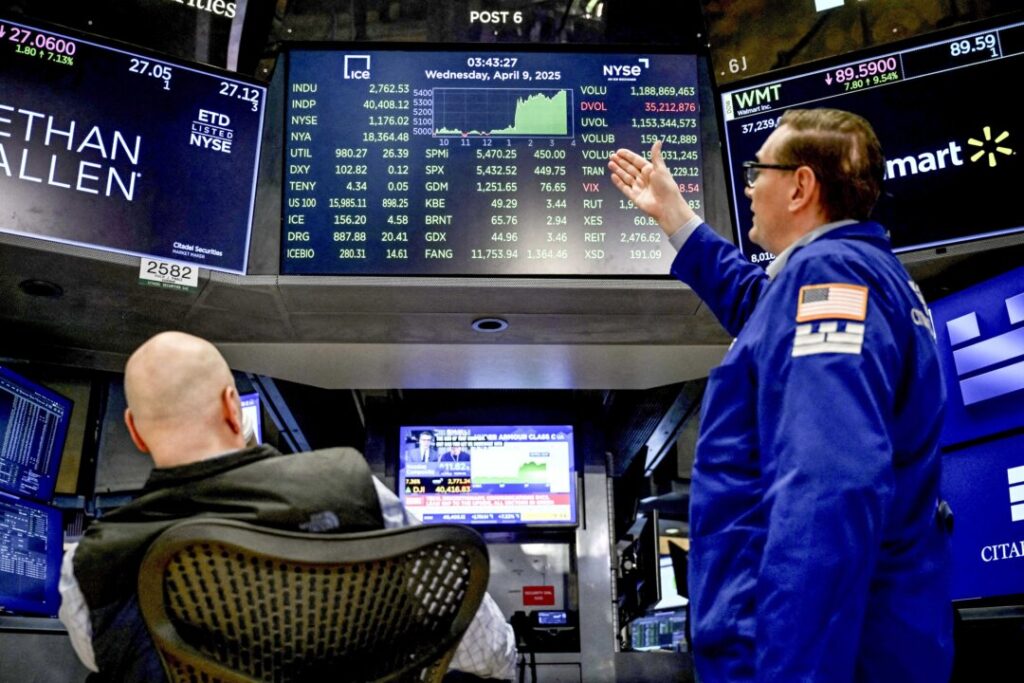Explanation
The world and financial markets seemed to be sighing at ease as President Donald Trump announced this week that he had moved forward with more than 100% tariffs on China and 10% global tariffs, putting a 90-day negotiation period on hold.
A general belief is that tariffs are negative. However, reality is more subtle and not necessarily retained by traditional wisdom.
Textbook trade economics begins with Scottish economist Adam Smith, using a simple theoretical model in which Scotland and Portugal engage in mutually beneficial trade in wool and wine. Countries would have preferred to trade with each other without tariffs. Most economists use this intellectual framework in conceptualizing the benefits of international trade.
However, modern trade is quite different from the examples of Scottish textbooks of the 17th century. For example, when Smith was writing, Scotland was not likely to grow wine in Scotland’s cold, humid climates. Put another way, both countries in the original model enjoyed a kind of monopoly over what they produced, like oil producers today. That oil cannot be produced in other countries because it does not have oil reserves.
In reality, modern trade relies heavily on very different dynamics. For example, network effects have a major impact on international trade. Network effects simply refer to nearby related industries and businesses that help to promote a wider competitive advantage. Think of financial services in New York or London, or Silicon Valley technology as a simple example. The same applies to tradeable products. China has spent years building a local industrial network to support total manufacturing power. But that doesn’t make it permanent.
In another example, the original trade model used by Smith did not take into account the role of mobile global capital. Labour may not be mobile across borders, but capital can be very mobile. If capital is mobile across borders, what is the price difference between employing robots in the US, Africa, China or Europe, to give the most extreme example? Essentially there is no difference in price, and the robot will produce the same amount of output regardless of where they are plugged in.
However, intuition applies not only to the economics of international trade, but also to the imposition of tariffs based on countries that cooperate and do not. Broadly speaking, countries that work actively to reduce tariffs benefit from low mutual tariffs, but in a dispute environment, countries can benefit from raising tariffs. Most importantly, for the current debate, a major power like the US can benefit from increased tariff charges when counterparties are facing trade disputes that are cheating.
Insights are directly related to today’s trade wars. An important finding was that trade liberalization between minority groups of countries that maintain targeted third-party trade barriers could yield more benefits, as profits from trade are more directly shared. Put another way, if President Donald Trump can work to maintain China’s barriers while attacking trade with major countries such as Vietnam, India, Mexico, Canada, Europe and Japan, this will increase the benefits of liberalised states from trade.
The fierce debate of democracy should include relying on our leaders and the information we rely on to make decisions. The reality of economic research draws a more nuanced picture of how to approach negotiations for trade agreements with China and other countries. The traditional wisdom of tariffs is bad simply does not represent reality.
The views expressed in this article are the views of the authors and do not necessarily reflect those of the epoch era.



